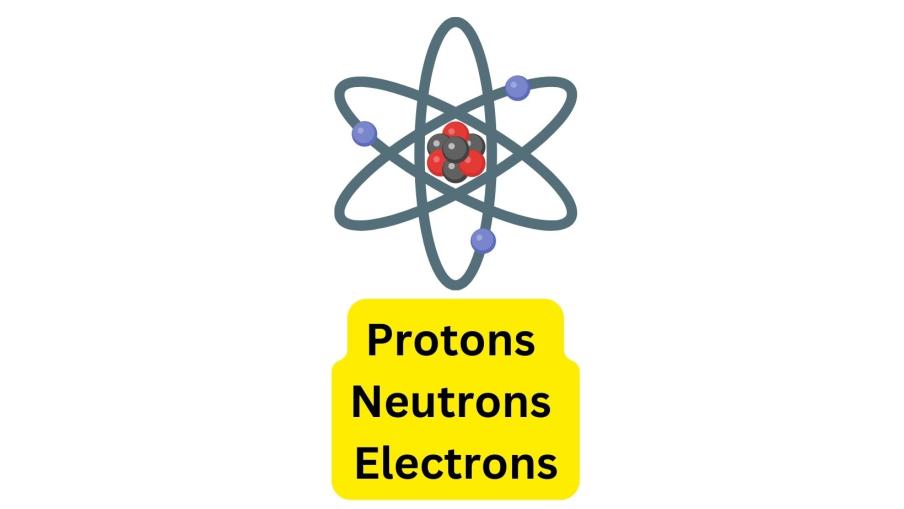What Are Some of the Scientific Mysteries Surrounding the Northern Lights, and How Are Scientists Working to Unravel Them?
The Northern Lights, also known as aurora borealis, have captivated humankind for centuries with their mesmerizing celestial displays. However, beyond their beauty lies a realm of scientific intrigue, as researchers strive to unravel the mysteries that shroud this natural phenomenon.

Historical Context:
- Ancient beliefs and cultural significance of the aurora: Various cultures have woven intricate tales and legends around the aurora, often attributing it to divine interventions or celestial beings.
- Early scientific observations and theories: Pioneering scientists like Carl Størmer and Kristian Birkeland laid the groundwork for understanding the aurora's physical mechanisms.
Understanding The Physics Behind The Northern Lights:
- Solar wind and its interaction with Earth's magnetic field: The aurora is a consequence of the interaction between the solar wind, a stream of charged particles from the sun, and Earth's magnetic field.
- The role of charged particles and magnetosphere: Charged particles from the solar wind are guided by Earth's magnetic field lines towards the poles, where they collide with atoms and molecules in the upper atmosphere.
- Energy transfer and emission of light: The collisions between charged particles and atmospheric particles excite and ionize the latter, causing them to emit light of various colors, resulting in the spectacular auroral displays.
Unresolved Mysteries Of The Aurora:
- The exact mechanisms of particle acceleration: Despite significant research, the precise mechanisms responsible for accelerating charged particles to high energies remain a subject of ongoing investigation.
- The role of solar storms and coronal mass ejections: The relationship between solar storms, coronal mass ejections, and the intensity and frequency of auroral displays is still not fully understood.
- The influence of Earth's upper atmosphere: The composition and dynamics of Earth's upper atmosphere play a crucial role in shaping the aurora's characteristics, yet many aspects of this interaction remain enigmatic.
- The impact of space weather on the aurora: Space weather, driven by solar activity, can significantly affect the aurora's behavior, but the precise nature of this influence is still being explored.
Ongoing Scientific Investigations:
- Satellite missions and space probes: Missions like Cluster, THEMIS, and Van Allen Probes have provided valuable data on the aurora and its associated processes.
- Ground-based observatories and networks: Networks such as SuperDARN, EISCAT, and ALIS monitor the aurora from various locations, providing complementary data to satellite observations.
- Theoretical modeling and computer simulations: Scientists use sophisticated models and simulations to investigate the complex interactions between solar wind, Earth's magnetic field, and the upper atmosphere.
Practical Applications And Future Directions:
- Space weather forecasting and satellite protection: Understanding the aurora's behavior can aid in space weather forecasting, helping protect satellites and astronauts from harmful radiation.
- Understanding Earth's magnetic field and its variations: Studying the aurora provides insights into Earth's magnetic field, its variations, and their implications for navigation and communication systems.
- Implications for planetary science and astrophysics: The aurora is a phenomenon observed on other planets and celestial bodies, offering valuable insights into planetary atmospheres and space physics.
The Northern Lights, with their captivating beauty and enigmatic nature, continue to challenge our understanding of the universe. Ongoing scientific investigations, employing a combination of observations, modeling, and simulations, are gradually unraveling the mysteries surrounding this celestial phenomenon. As we delve deeper into the physics of the aurora, we not only gain a greater appreciation for its beauty but also expand our knowledge of Earth's magnetosphere, space weather, and the interconnectedness of our planet with the sun and beyond.
YesNo

Leave a Reply